
Spiral Wound Membranes
FG-SpiraCore™ Membrane Elements
Spiral-Wound Microfiltration, Ultrafiltration, Nanofiltration and Reverse Osmosis membrane elements produced on high-tech, advance membrane production lines for water treatment, food, beverage and industrial wastewater.
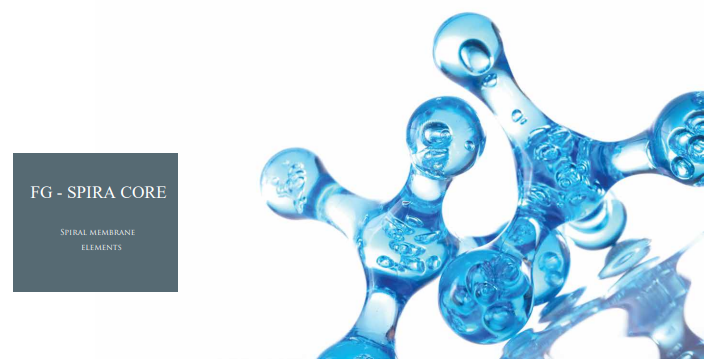
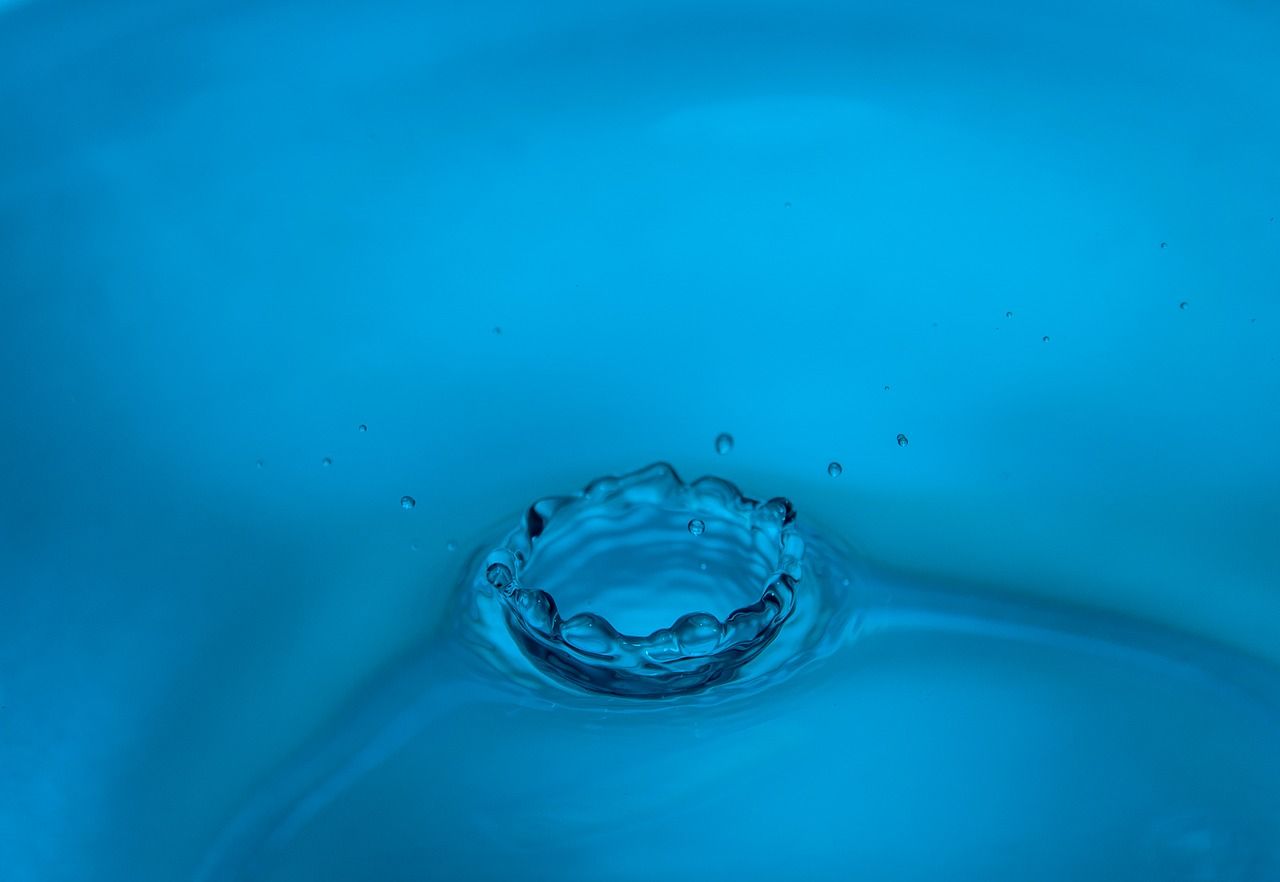
Water Treatment
After two generations of improvement, reverse osmosis membrane technology has become the main treatment technology in waterworks. RO membranes can intercept almost everything in the water, including bacteria, viruses, algae, organic matter, heavy metals and antibiotics.
Advantages
- Selective separation: FG-SpiraCore™ Dura can effectively remove endocrine disruptors, antibiotics, disinfection by-prodyct precursers and trace organic pollutants in water, and can retain some minerals
- High recovery rate: The single-stage recovery is up to 90% and the system recovery is up to 98%, which is more than 15% higher than the traditional RO membrane
- Low operating pressure: The operating pressure is 0.3-0.7 MPa, more than 30% lower than the traditional RO membrane – subject to specific application.
FG-SpiraCore™ DURA Data Sheets

Dairy
Spiral-Wound membranes that offers superior performance for the clarification or concentration of milk, whey and cheese as well process glue water. The products and applications details are in the following datasheets.
Typical Applications
- Whole milk, skim milk concentrate
- Whey protein concentration (WPC)
- Whey protein isolate (WPI)
- Whey concentrate, desalted whey
- Lactose concentration
FG-SpiraCore™ DAIRY Data Sheets
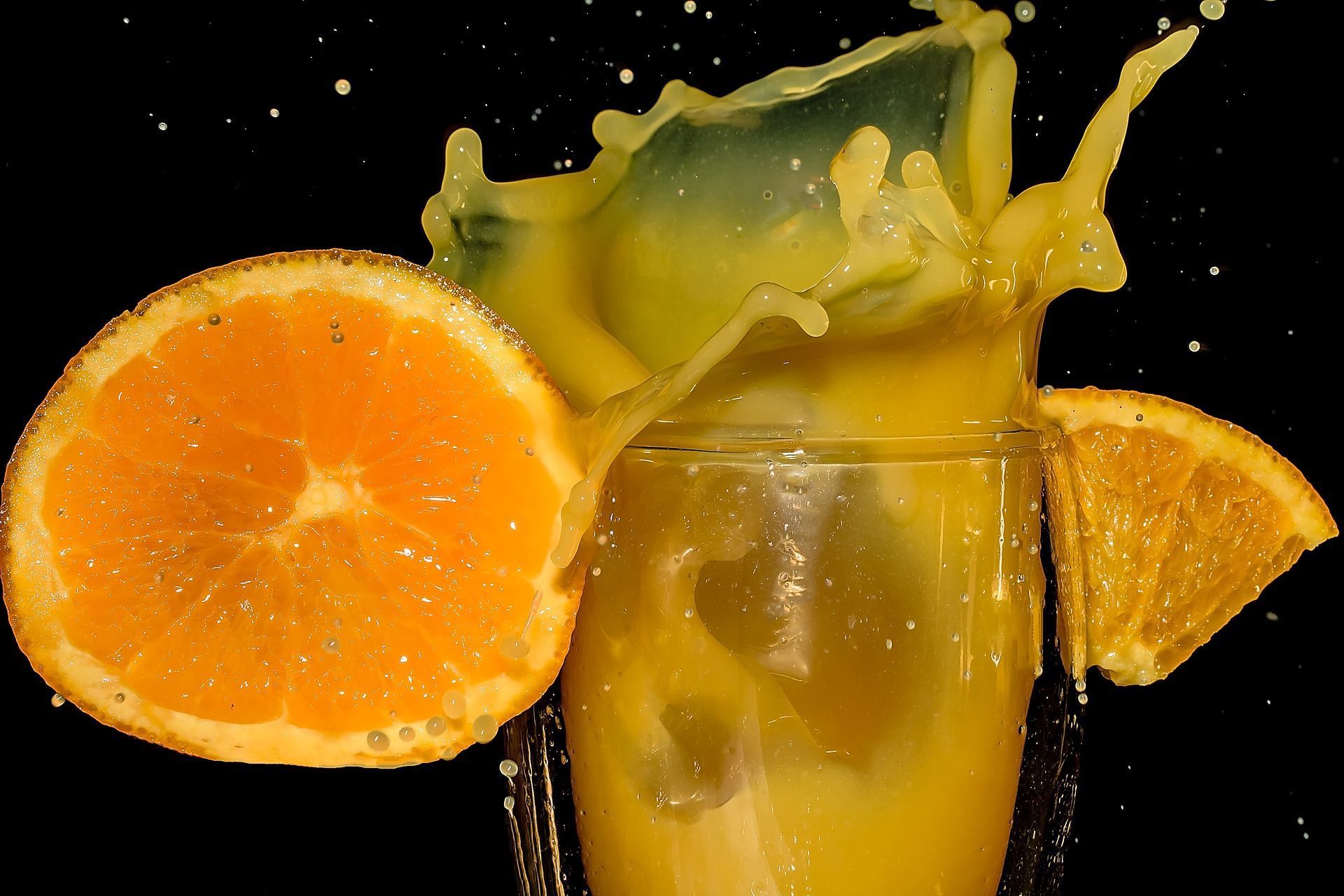
Fruit Juice
Typical Applications
- Clarification and filtration of juice and vegetable juice
- Concentration of fruit juice and vegetable juice
- Decolorize fruit juice and vegetable juice
FG-SpiraCore™ Data Sheet
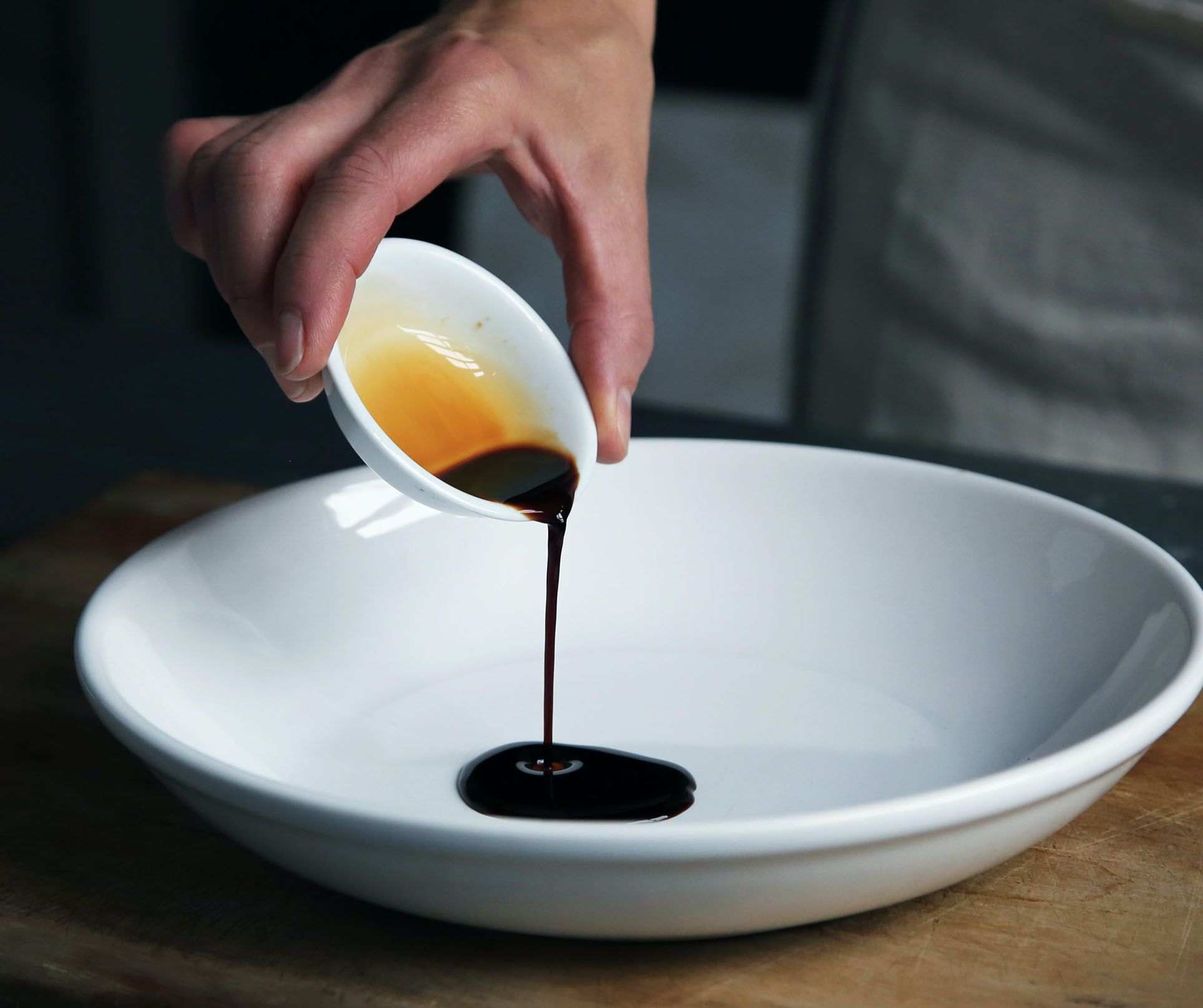
Soy Sauce & Vinegar
Typical Applications
- Clarification filtration
- Sterilization filtration
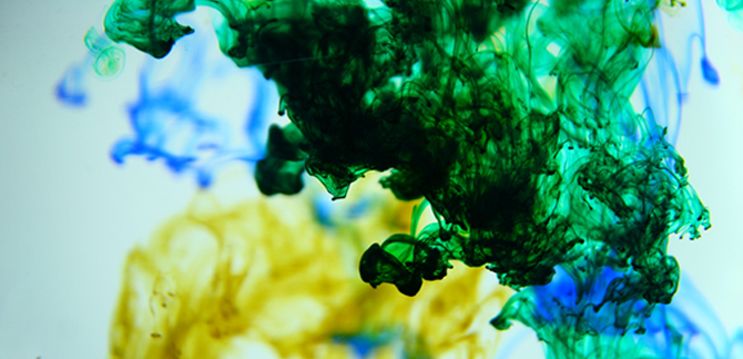
Printing & Dyeing Wastewater
Wastewater from printing and dyeing applications have high chromaticity and Chemical Oxygen Demand (COD), mainly comprised of small molecules such as dyes, sizing agents, and auxiliaries. Traditionally, hollow fiber UF and RO membranes have been used to treat the wastewater. One downside to using hollow fiber membranes is that they have proven to have almost no effect on COD removal, resulting in subsequent RO plugging from organic pollutants. Secondly, these traditional filtration methods have been unable to meet improvements made to environmental protection requirements that set the standard for COD levels in RO permeate water, which has dropped from an allowance of 500 to 200 mg/L.
Advantages
- The decoloration rate of organic separation membrane reached 70-90%, Chemical Oxygen Demand (COD) removal rate is 50-70% less than 100 mg/L after biochemistry process was treated by organic separation membrane)
- Extend the cleaning cycle of RO membrane to 1 month or longer
- Low pressure NF membrane technology was used to replace the RO membrane. COD is less than 200 mg/L of permeate water could be discharged into the municipal pipe network
